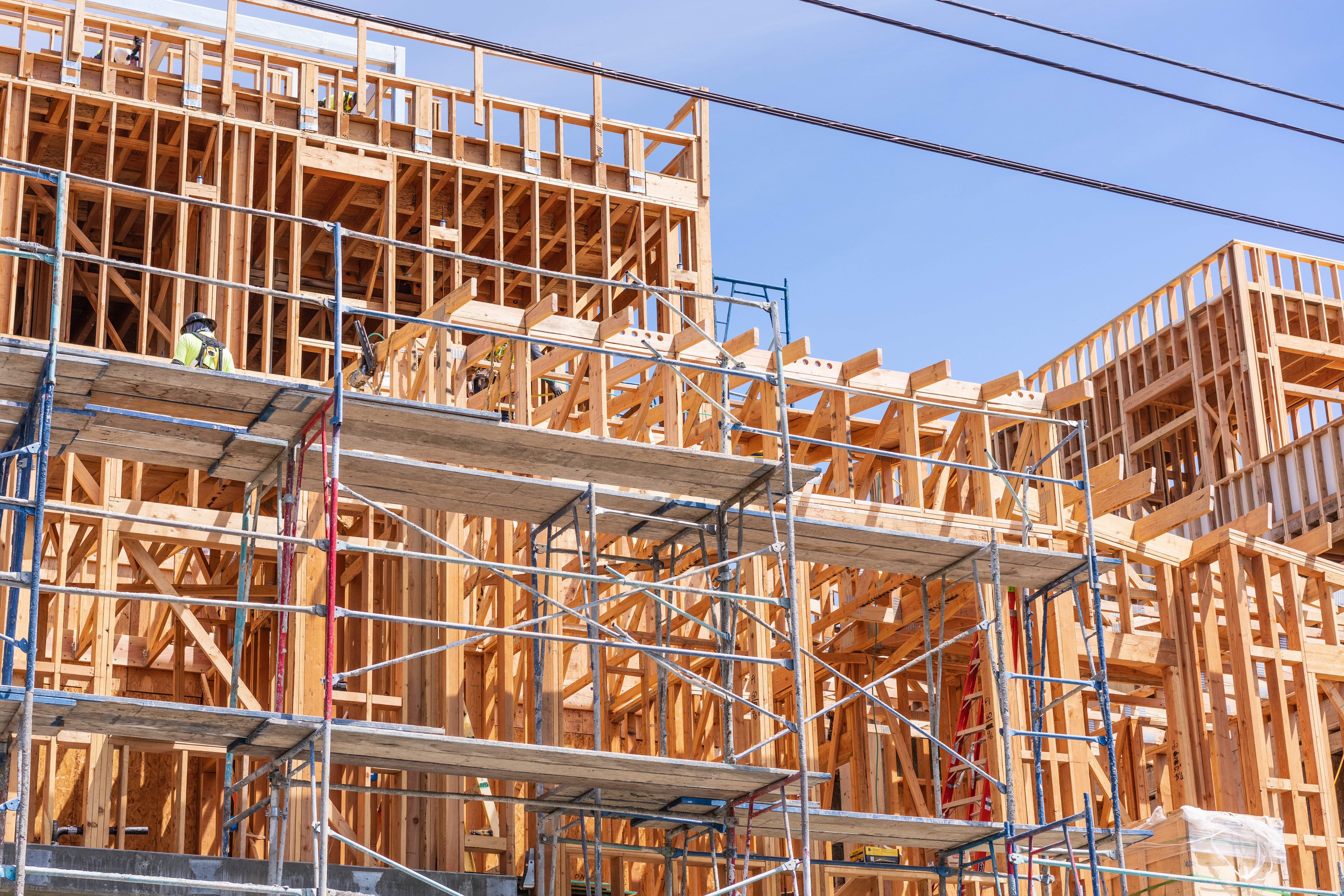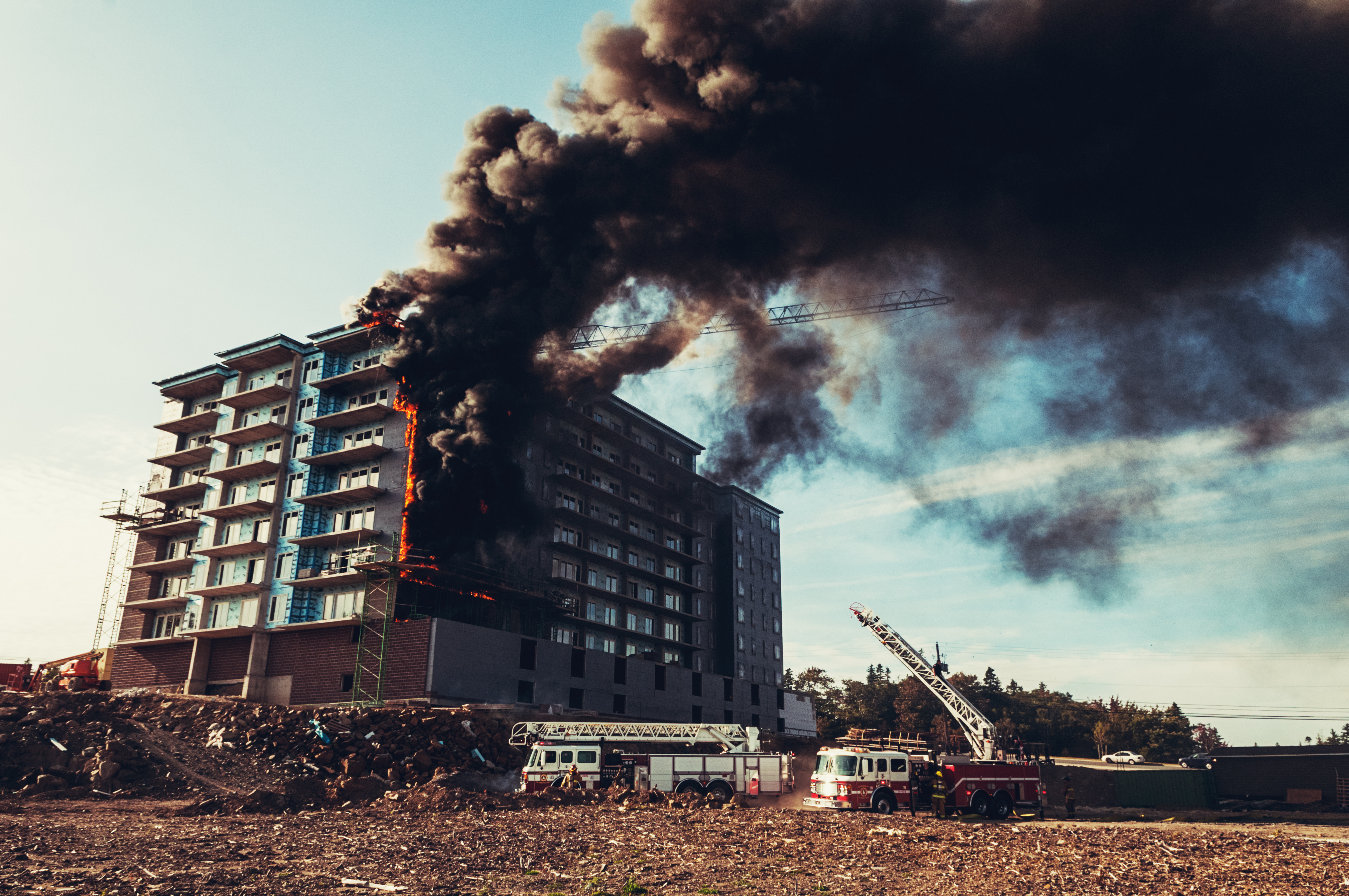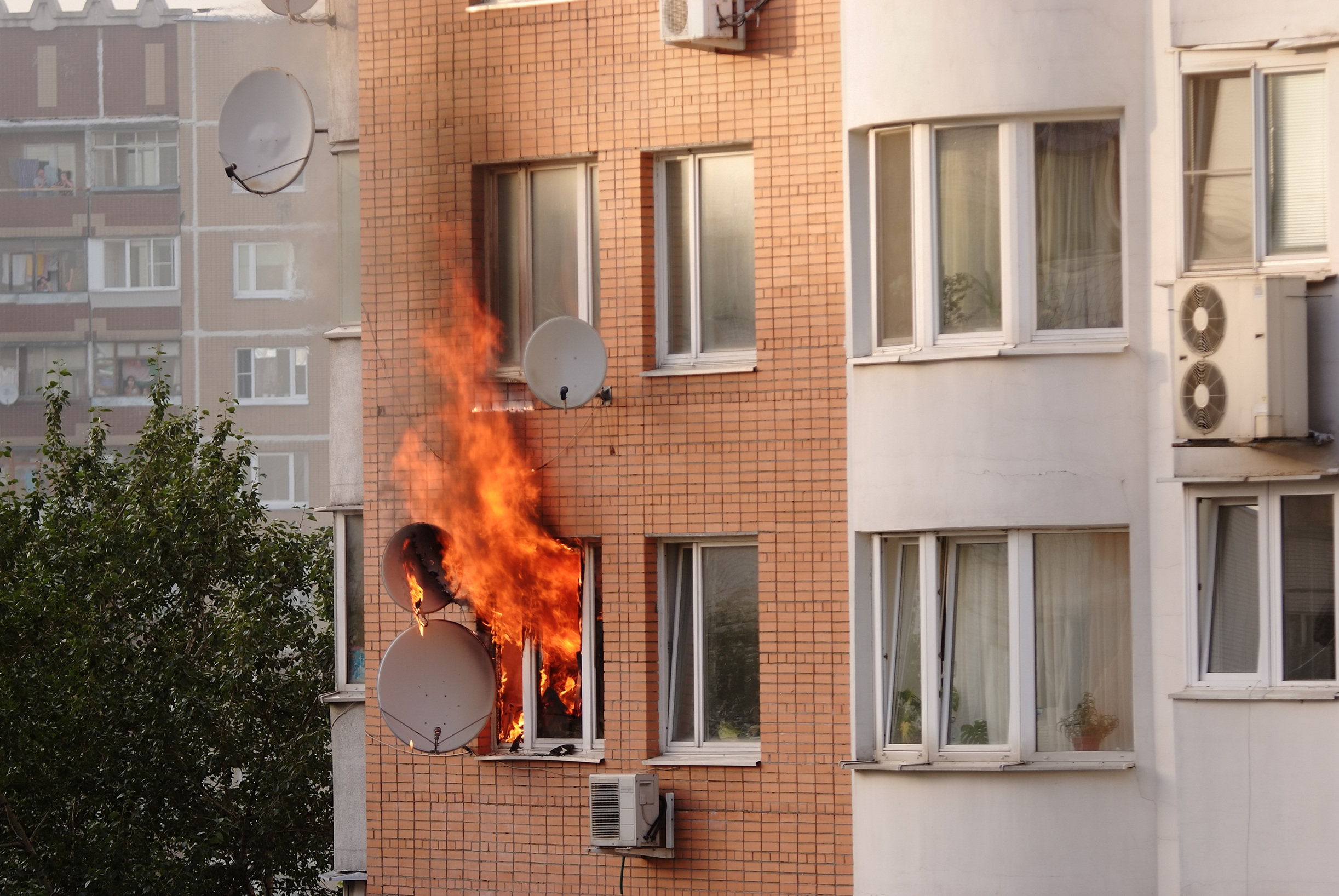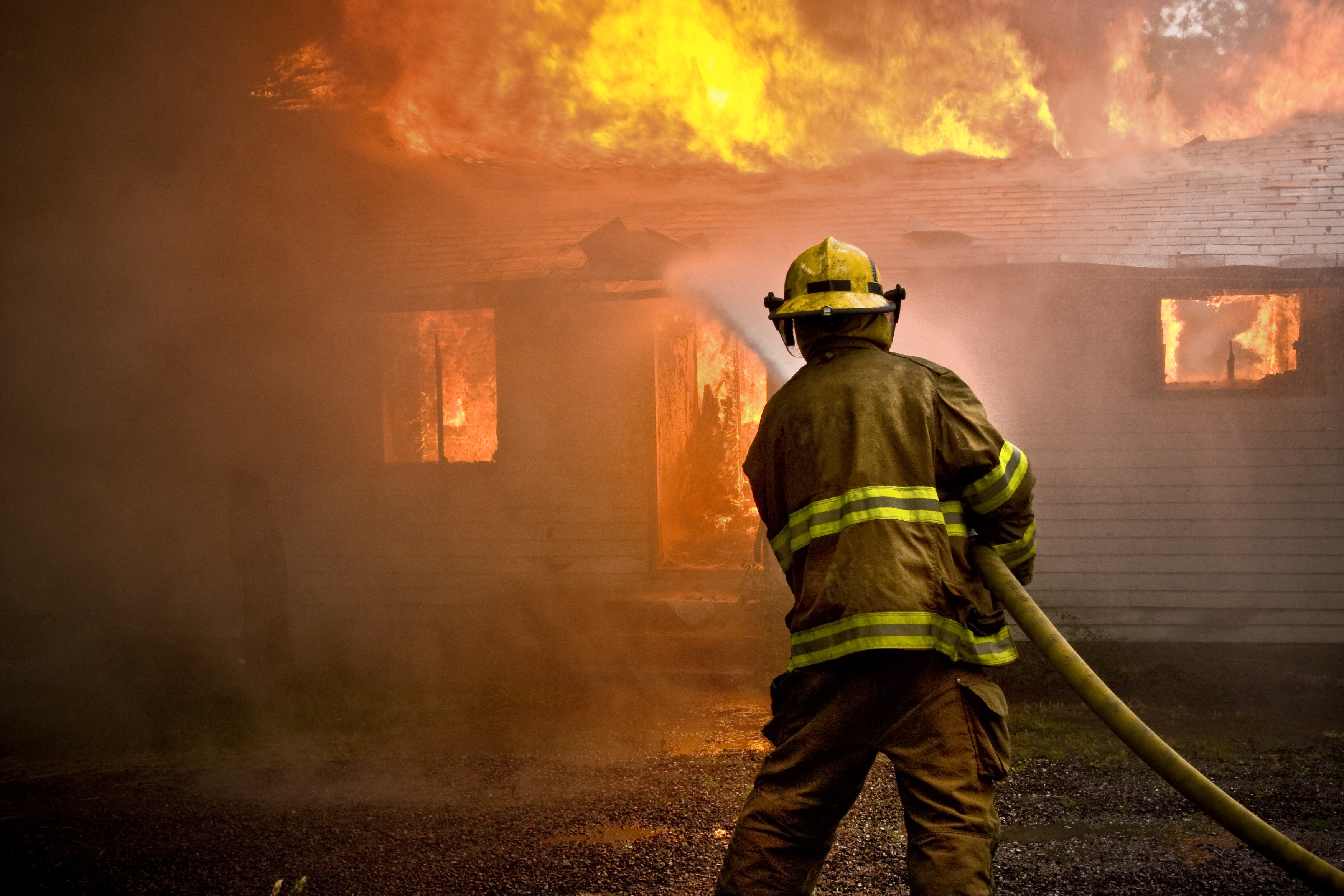With a constant shortage of public and affordable housing units across the nation, a new development or rehab is always a positive sign for the state of housing. However, growth brings new risks for housing agencies, particularly builders' risk.
A crucial aspect of risk mitigation for housing agencies expanding their footprint is builders' risk insurance, according to Angel Fear, HAI Group's assistant director of account services.
"Builders' risk is a specialized line of coverage that safeguards against a range of perils during the construction phase of a project," Fear said.
Understanding builders' risk insurance
Builders' risk insurance, often referred to as construction insurance, provides coverage for property owners and contractors during the construction or renovation of a building. This coverage extends to various risks, including fire, theft, vandalism, and natural disasters, ensuring financial protection against potential losses before the project is completed.
Ross Heginbottom, a client executive with M3 Insurance, explained that builders' risk insurance is a temporary policy that covers a building project from start to finish. .png?width=565&height=351&name=Beige%20%26%20White%2c%20Two%20host%20podcast%2c%20event%2c%20guest%20expert%2c%20Instagram%20Post%20(2).png)
"This coverage protects the critical aspects of your project, from materials and fixtures to the equipment you’re using in construction and renovation," he said.
While the coverage sounds straightforward, it can be quite complex. Coverage terms often vary between carriers and may contain exclusions that could be devastating if not identified by your insurance professional.
"Ask the right questions, and make sure you’re getting the right coverage for the right price," Heginbottom said.
Why builders' risk insurance is critical
For public and affordable housing agencies, builders' risk insurance is a critical component of their risk management strategy, especially since standard property insurance policies don’t cover buildings under construction, Fear said.
"Without builders' risk coverage, a property under construction is uninsured, meaning any unforeseen losses during construction could be devastating," she said. "Housing agencies undertaking major construction projects, such as the development of public or affordable housing units, should prioritize securing builders' risk insurance early in the process."
Heginbottom noted that it's human nature to think builders' risk insurance is unnecessary and that a large loss won’t happen. But with more frequent extreme weather across the country, this coverage can be vital to your agency's financial stability.
Fires are a primary threat to residential buildings under construction. Between 2016 and 2020, according to the National Fire Protection Association (NFPA), U.S. fire departments responded to an average of 4,300 fires in buildings under construction per year. These fires caused five fatalities, 62 injuries, and $376 million in property damage annually. About three-quarters of these fires involved residential buildings.
Interestingly, NFPA research notes that cooking equipment is historically the leading cause of fires on construction sites. In 2020, 19% of fires in buildings under construction were caused by cooking equipment. The second leading cause was electrical distribution and lighting, followed by heating equipment, arson, and smoking materials.
Cooking doesn’t stand out as a regular activity on a construction site, but residential building rehabilitations are often staggered by floor or building section. This means that while certain areas of a building are vacant and under construction, others remain occupied.
That’s why it’s critical that construction sites be safeguarded from fires around the clock, not just during working hours. NFPA’s analysis of fires in buildings under construction between 2016 and 2020 found that while fires were most common in the afternoon and evening, fires between midnight and 6 a.m. caused the most property damage.
Proper site security has emerged as a critical consideration for builders' risk insurance. Fear stressed the importance of implementing strict security measures for construction projects, particularly those exceeding $50 million in value. These measures may include camera surveillance, water flow detection systems, guard patrols, and fencing with razor wire. Fear said projects lacking adequate security measures may face limited options for insurance coverage and could potentially become uninsurable, highlighting the importance of proactive risk management strategies.
Construction sites also include equipment and work (e.g., welding, soldering, grinding) that can spark fires. Unsecured construction sites tend to invite trespassing, which can lead to arson incidents. Fire protection systems in buildings under construction are often non-existent or not operational, allowing fires to spread uninhibited.
Overcoming market challenges
The builders' risk insurance market varies depending on the type of construction materials, project, and site location. It is competitive and steady in the non-combustible construction space. However, the wood frame market continues to be a challenge for insurance, Heginbottom said.
This is in part due to insurance carriers exiting the wood frame space. Given the frequency of disruptive weather events, fewer companies are willing to insure these types of risks, he explained.
"Carriers that are open to insuring wood frame risks are asking for more: more site controls, more information, and more expertise from your insurance partner," he said. "Without a trusted partnership, it can be difficult to get the right coverage—if any coverage at all. As a result, you should engage your insurance professional early in the process—and often—to determine any additional site controls or impacts to the budget."
HAI Group doesn’t offer builders' risk insurance directly, but its team of insurance professionals can procure coverage for policyholders through trusted and experienced market partners like M3 Insurance. Heginbottom said that even with uncertainty in the builders' risk market, it has stabilized to some degree, and rates aren’t showing signs of becoming "dramatically worse," especially compared to other specialty coverages in the commercial market.
Fear said working closely with your insurance professional early in the construction planning phase streamlines the insurance procurement process, minimizing delays and potential disruptions to the project timeline.
"By addressing insurance considerations proactively, organizations can avoid last-minute scrambles to secure coverage, which may result in limited options and higher premiums," Fear said.
Furthermore, early engagement allows for sufficient time to address any underwriting requirements or documentation requests, facilitating a smoother insurance placement process.
Bottom line: Builders' risk coverage essential for construction initiatives
Builders' risk coverage is essential to safeguarding the success and viability of construction initiatives aimed at providing safe and affordable housing for communities in need.
If you are planning a significant construction project in 2024, please contact a member of our Account Services team. We are here to assist you in securing coverage from a reputable insurance carrier.
This article is for general information only. HAI Group makes no representation or warranty about the accuracy or applicability of this information for any particular use or circumstance. Your use of this information is at your own discretion and risk. HAI Group and any author or contributor identified herein assume no responsibility for your use of this information. You should consult with your attorney or subject matter advisor before adopting any risk management strategy or policy.






